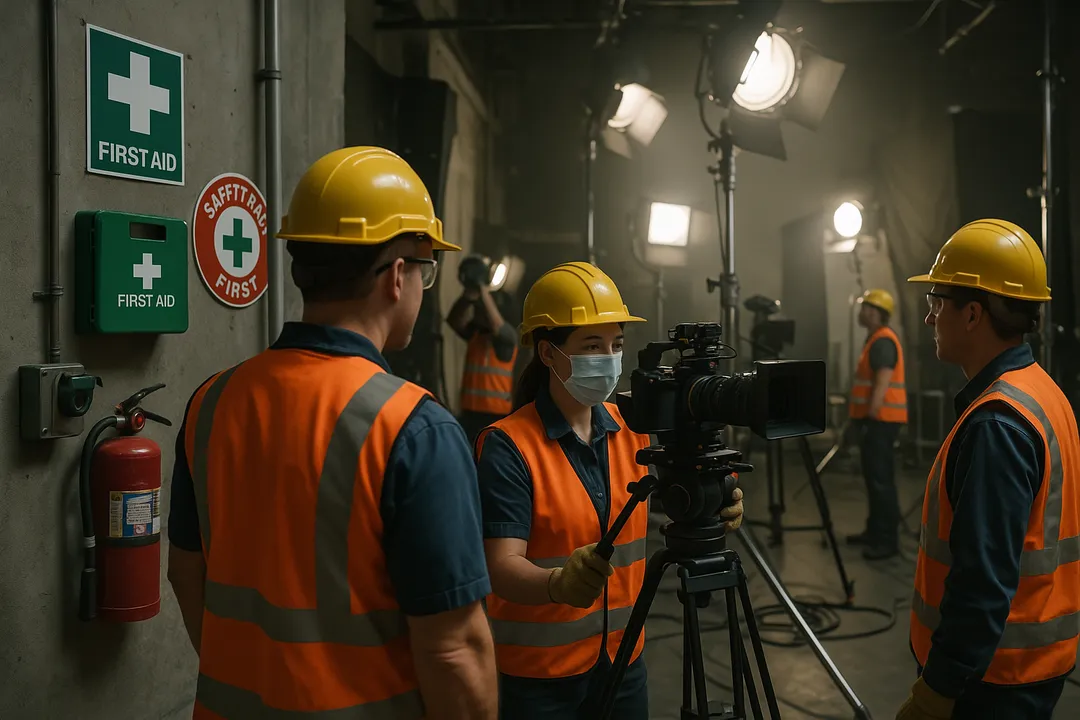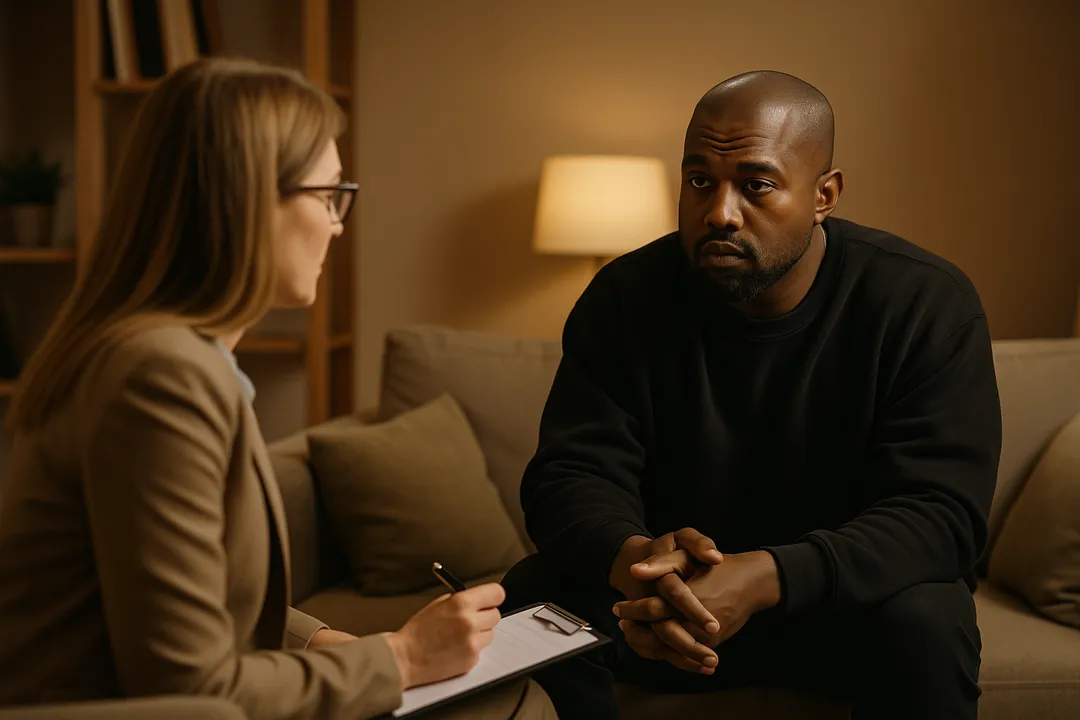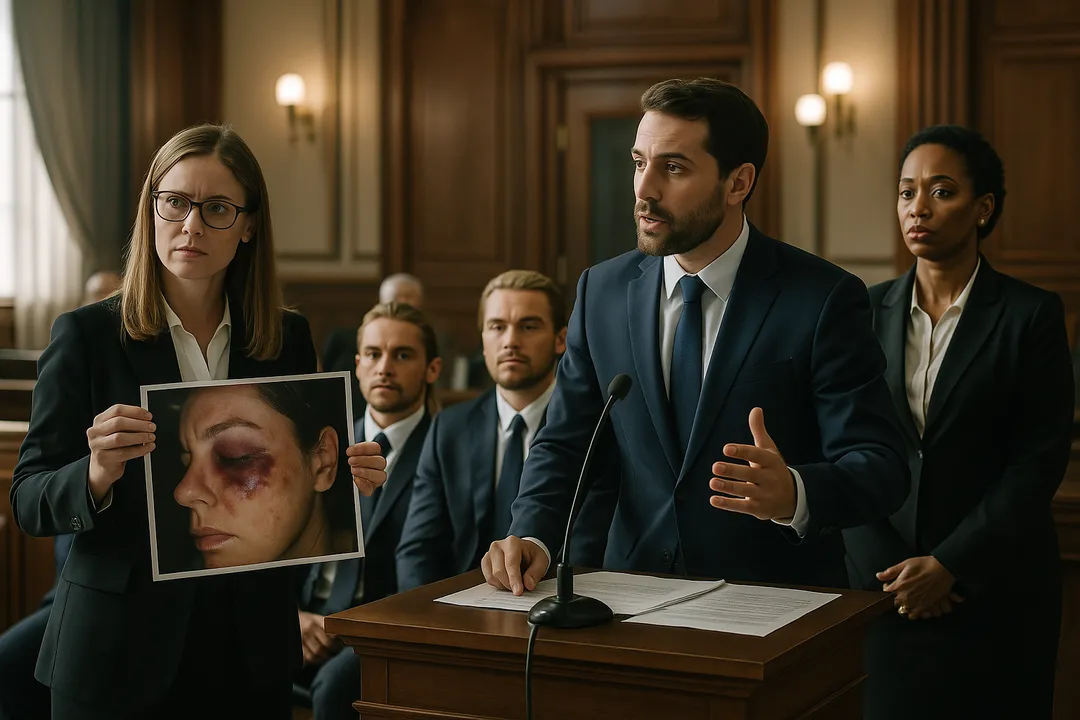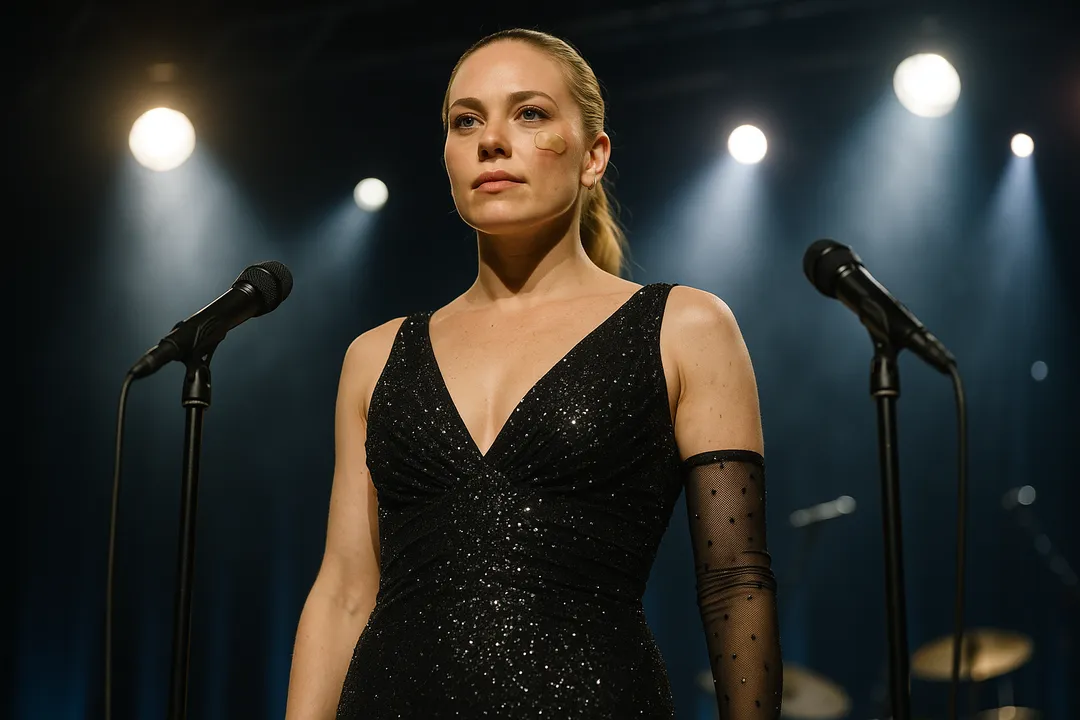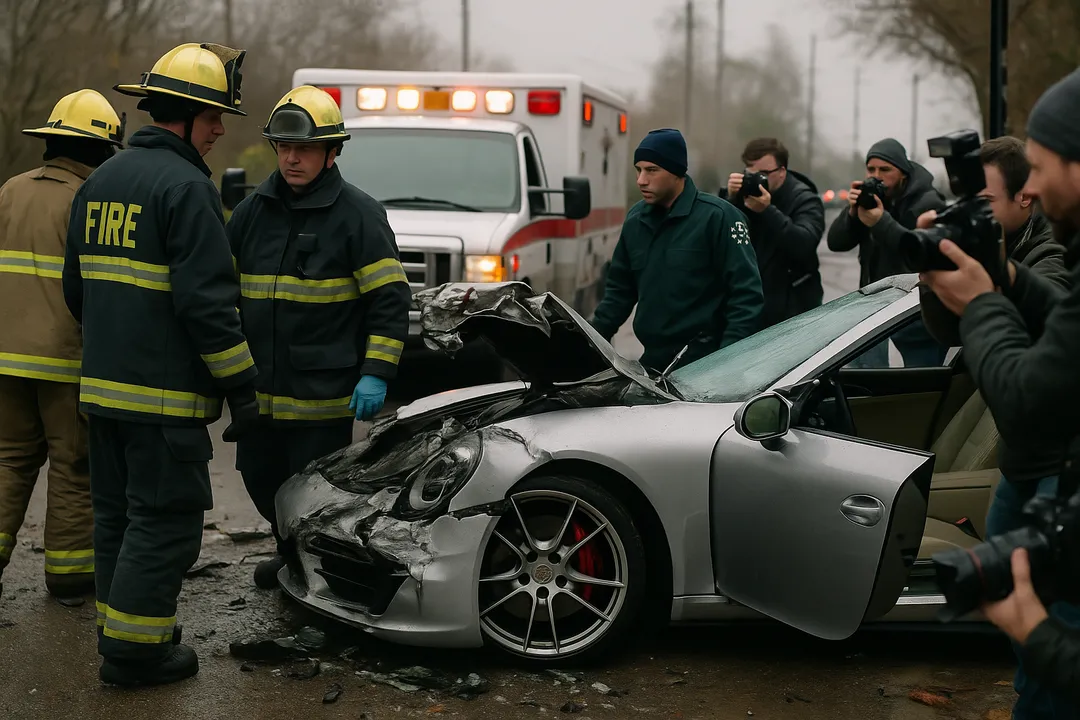The glamorous world of Hollywood filmmaking conceals a harsh reality: movie sets can be extraordinarily dangerous places where serious injuries occur with alarming frequency. The recent lawsuit filed by actress Kate Beckinsale against the producers of “Canary Black” has thrust the issue of on-set safety back into the spotlight, highlighting the complex legal and safety challenges that define modern film production.
Beckinsale’s legal action, which alleges exposure to “dangerous and unsafe conditions” during filming, represents more than just another celebrity lawsuit—it’s a window into the systemic safety challenges that plague the entertainment industry. As we examine the legal implications of on-set accidents and the evolving standards for production safety, we uncover a complex web of liability, insurance, and regulatory oversight that affects everyone from A-list stars to entry-level crew members.
The Kate Beckinsale Case: A Legal Precedent in the Making
Kate Beckinsale’s lawsuit against the producers of “Canary Black” alleges that she was subjected to dangerous and unsafe working conditions that resulted in injury during production. While the specific details of her injury have not been fully disclosed, the legal action represents a significant challenge to industry practices and safety standards.
The lawsuit raises fundamental questions about the duty of care owed by production companies to their cast and crew. Under established legal principles, employers have a responsibility to provide a safe working environment and to take reasonable precautions to prevent foreseeable injuries. When these standards are not met, injured parties may have grounds for legal action.
Beckinsale’s case is particularly significant because it involves a high-profile actress with substantial resources to pursue legal action. Many on-set injuries involve crew members or lesser-known performers who may lack the financial means or industry influence to challenge unsafe practices effectively.
Legal Framework for On-Set Safety
The legal landscape governing film production safety is complex, involving federal workplace safety regulations, state-specific requirements, and industry-specific standards developed by unions and professional organizations. As explored in our analysis of how personal injury law applies to public figures, celebrities face unique legal considerations when injured in professional settings.
The Occupational Safety and Health Administration (OSHA) provides the primary federal framework for workplace safety, including film and television production. OSHA standards cover everything from electrical safety and fall protection to hazardous materials handling and emergency procedures. Violations of these standards can result in both regulatory penalties and civil liability.
State regulations add another layer of complexity, with states like California and New York—major centers of film production—maintaining their own specific requirements for entertainment industry safety. These regulations often go beyond federal standards and may include requirements for safety coordinators, specialized training, and enhanced reporting procedures.
Industry unions, particularly the International Alliance of Theatrical Stage Employees (IATSE), have also developed detailed safety protocols that are incorporated into collective bargaining agreements. These protocols often provide more stringent protections than required by law and can form the basis for legal claims when violated.
Insurance Implications in Film Production Injuries
The financial implications of on-set injuries extend far beyond immediate medical costs, encompassing potential production delays, reshoots, and substantial legal settlements. As detailed in our comprehensive guide to the role of insurance in high-profile injury cases, entertainment insurance is a sophisticated field designed to manage these complex risks.
Film productions typically carry multiple insurance policies, including general liability coverage, workers’ compensation, and specialized entertainment insurance that covers cast and crew injuries. The interaction between these policies can be complex, particularly when high-profile performers are involved.
For cases like Beckinsale’s, the insurance implications are particularly significant. Celebrity injuries can result in claims that far exceed typical workers’ compensation limits, potentially triggering additional coverage layers and creating disputes between insurance carriers about coverage responsibilities.
The timing and circumstances of injuries also affect insurance coverage. Injuries that occur during approved production activities are typically covered, but coverage may be disputed if injuries result from activities outside the scope of employment or from violations of safety protocols.
Historical Context: Notable On-Set Accidents
The entertainment industry has a long and troubling history of on-set accidents, from the early days of Hollywood through modern productions. These incidents have shaped current safety standards and legal precedents, providing important context for understanding contemporary cases like Beckinsale’s lawsuit.
The 1982 helicopter crash during filming of “Twilight Zone: The Movie,” which killed actor Vic Morrow and two child actors, remains one of the most significant on-set accidents in Hollywood history. The incident led to major changes in safety regulations and established important legal precedents regarding the use of children in dangerous scenes and the responsibilities of directors and producers.
More recently, the 2021 shooting death of cinematographer Halyna Hutchins on the set of “Rust” has renewed focus on weapons safety and the responsibilities of producers and safety coordinators. The ongoing legal proceedings in that case continue to influence industry practices and legal standards.
These historical cases demonstrate that on-set safety issues are not new, but they also show how the industry has evolved in response to tragic incidents. Each major accident has contributed to improved safety protocols and clearer legal standards for production liability.
Types of On-Set Hazards and Injuries
Film and television production involves numerous inherent hazards that can result in serious injuries. Understanding these hazards is crucial for both preventing accidents and establishing legal liability when injuries occur.
Stunt-related injuries are among the most visible and serious on-set accidents. Despite extensive safety protocols and the use of professional stunt performers, injuries during action sequences remain common. These injuries can range from minor cuts and bruises to life-threatening trauma.
Equipment-related accidents represent another major category of on-set injuries. The complex machinery used in film production, including cameras, lighting equipment, and special effects apparatus, can cause serious injuries if not properly maintained or operated. Electrical hazards are particularly concerning given the extensive use of high-powered lighting and electronic equipment.
Environmental hazards also pose significant risks on film sets. Location shooting can expose cast and crew to extreme weather, unstable terrain, and other natural hazards. Even studio productions can involve environmental risks from special effects, pyrotechnics, and constructed sets.
The Role of Safety Coordinators and Protocols
Professional film productions typically employ safety coordinators whose job is to identify hazards, develop safety protocols, and ensure compliance with applicable regulations. The effectiveness of these safety programs often becomes a central issue in legal cases involving on-set injuries.
Safety coordinators are responsible for conducting pre-production safety assessments, developing comprehensive safety plans, and providing ongoing oversight during filming. They work closely with directors, producers, and department heads to ensure that creative goals can be achieved safely.
The qualifications and authority of safety coordinators can vary significantly between productions. Major studio productions typically employ experienced safety professionals with extensive training and clear authority to halt dangerous activities. Smaller or independent productions may have less qualified safety personnel or may give safety coordinators insufficient authority to enforce safety standards.
When on-set injuries occur, the adequacy of safety coordination often becomes a key legal issue. Plaintiffs may argue that safety coordinators failed to identify hazards, develop appropriate protocols, or enforce safety standards. Defendants may counter that injuries resulted from unforeseeable circumstances or the failure of individuals to follow established safety procedures.
Financial Impact of Production Delays
On-set injuries can have massive financial implications beyond the direct costs of medical treatment and legal settlements. Production delays resulting from injuries can cost hundreds of thousands or even millions of dollars per day, depending on the scale of the production.
When key cast members are injured, productions may need to halt filming entirely until the performer recovers. This can result in costs for idle crew, equipment rental, location fees, and other ongoing expenses. In some cases, productions may need to rewrite scripts or recast roles, adding additional costs and complications.
The financial pressure to minimize production delays can create conflicts between safety and economic considerations. Producers may feel pressure to resume filming quickly after accidents, potentially before adequate safety measures have been implemented. This pressure can lead to additional injuries and legal liability.
Insurance coverage for production delays varies significantly depending on the specific policy terms and circumstances of the injury. Some policies provide comprehensive coverage for delays resulting from covered injuries, while others may have significant limitations or exclusions.
Regulatory Oversight and Enforcement
The enforcement of on-set safety regulations involves multiple agencies and organizations, each with different jurisdictions and enforcement mechanisms. Understanding this regulatory landscape is crucial for both preventing accidents and establishing legal liability.
OSHA provides the primary federal enforcement mechanism for workplace safety violations, including those occurring on film sets. OSHA inspectors can investigate accidents, issue citations, and impose penalties for safety violations. However, OSHA’s resources are limited, and the agency cannot inspect every production or investigate every incident.
State agencies also play important roles in regulating film production safety. California’s Division of Occupational Safety and Health (Cal/OSHA) is particularly active in overseeing entertainment industry safety, given the concentration of film production in the state.
Industry organizations and unions also provide oversight and enforcement mechanisms. Union safety representatives can halt production for safety violations, and union contracts often include specific safety requirements that go beyond regulatory minimums.
Legal Strategies in On-Set Injury Cases
The legal strategies employed in on-set injury cases like Beckinsale’s lawsuit typically focus on establishing negligence and demonstrating that injuries resulted from violations of safety standards or duties of care. These cases often involve complex technical evidence and expert testimony about industry practices and safety standards.
Plaintiffs typically argue that defendants failed to provide a safe working environment, violated applicable safety regulations, or failed to adequately warn of known hazards. They may present evidence of specific safety violations, inadequate safety protocols, or pressure to work in dangerous conditions.
Defendants often argue that injuries resulted from unforeseeable circumstances, the failure of individuals to follow safety protocols, or the inherent risks of film production that were assumed by the injured party. They may also argue that they met or exceeded applicable safety standards and that the injury was not preventable.
The resolution of these cases often depends on detailed analysis of safety protocols, industry standards, and the specific circumstances of the injury. Expert witnesses, including safety professionals and industry veterans, play crucial roles in explaining complex technical issues to judges and juries.
Impact on Industry Practices
High-profile on-set injury cases like Beckinsale’s lawsuit often catalyze changes in industry practices and safety standards. The publicity surrounding these cases can pressure producers to improve safety protocols and can influence regulatory agencies to strengthen enforcement efforts.
The entertainment industry has shown a pattern of reactive improvement in response to major accidents and legal cases. While this reactive approach has led to significant safety improvements over time, critics argue that a more proactive approach to safety would prevent many injuries and legal disputes.
Recent trends in the industry include increased use of technology for safety monitoring, enhanced training requirements for safety personnel, and more comprehensive pre-production safety planning. These improvements are often driven by a combination of legal liability concerns, insurance requirements, and genuine commitment to worker safety.
International Perspectives on Film Safety
The globalization of film production has created new challenges for on-set safety, as productions increasingly involve international locations with varying safety standards and regulatory frameworks. Understanding these international perspectives is important for comprehensive safety planning and legal risk management.
Different countries have varying approaches to workplace safety regulation, and these differences can create challenges for international productions. Some countries have safety standards that exceed those in the United States, while others may have less stringent requirements or limited enforcement capabilities.
International productions must navigate complex questions about which country’s laws apply, how to ensure consistent safety standards across multiple locations, and how to manage legal liability in different jurisdictions. These challenges are likely to become more significant as film production continues to globalize.
Future Trends in On-Set Safety
The future of on-set safety will likely be shaped by technological advances, evolving legal standards, and changing industry practices. Understanding these trends is important for both preventing future accidents and preparing for evolving legal requirements.
Technology is playing an increasingly important role in on-set safety, with innovations including real-time safety monitoring systems, improved protective equipment, and enhanced communication tools. These technologies have the potential to prevent many types of accidents and to provide better documentation of safety compliance.
Legal standards are also evolving, with courts and regulatory agencies increasingly holding producers to higher standards of care and requiring more comprehensive safety planning. This trend is likely to continue as awareness of on-set safety issues increases and as legal precedents establish clearer standards for industry liability.
Conclusion
Kate Beckinsale’s lawsuit against the producers of “Canary Black” represents more than just another celebrity legal dispute—it’s a significant moment in the ongoing evolution of film production safety and legal liability. Her case highlights the complex intersection of creative ambition, workplace safety, and legal responsibility that defines modern entertainment production.
The entertainment industry has made significant progress in improving on-set safety over the decades, but cases like Beckinsale’s demonstrate that serious challenges remain. The pressure to create compelling content on tight schedules and budgets continues to create conflicts between safety and other production priorities.
As the legal proceedings in Beckinsale’s case unfold, they will likely contribute to the ongoing development of safety standards and legal precedents that govern film production. The ultimate resolution of her case may influence how future productions approach safety planning and how courts evaluate claims of inadequate safety measures.
For the entertainment industry, the lesson is clear: comprehensive safety planning and rigorous adherence to safety protocols are not just moral imperatives but legal necessities. The costs of inadequate safety—in human suffering, legal liability, and industry reputation—far exceed the investments required for proper safety measures.


